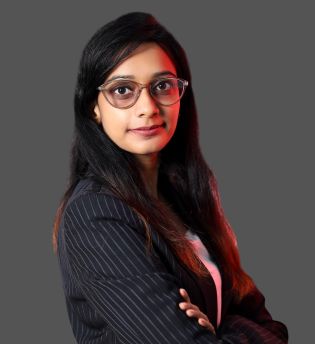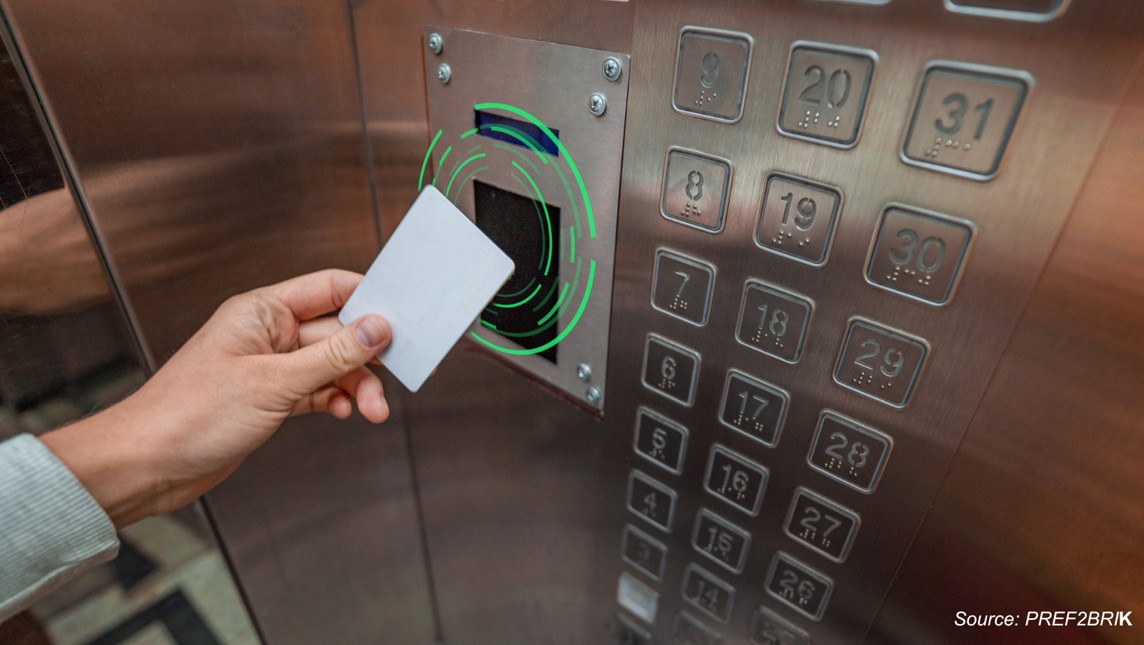
Asia-Pacific Heat Exchangers Market by Type (Shell & Tube, Plate & Frame, Air Cooled, and Others), by Material (Metals, Alloys, and Brazing-CLAD), and by End User (Chemical, Energy & Power, Heating, Ventilation, Air Conditioning, and Refrigeration (HVACR), Food & Beverage, Pulp & Paper, and Others)– Opportunity Analysis and Industry Forecast, 2024–2030
Industry: Construction & Manufacturing | Publish Date: 03-Dec-2024 | No of Pages: 165 | No. of Tables: 117 | No. of Figures: 82 | Format: PDF | Report Code : CM1525
Market Overview
The Asia Pacific Heat Exchangers Market size was valued at USD 7978.0 million in 2023, and is predicted to reach USD 14302.3 million by 2030, with a CAGR of 8.1% from 2024 to 2030.
Heat exchangers represent sophisticated apparatuses designed for the transfer of heat between fluids without direct contact. Widely utilized across industrial, commercial, and residential settings, including HVAC systems and refrigeration units, they efficiently heat or cool fluids or air. Operating by allowing heat to pass through barriers including solid walls or arrays of plates or tubes, these devices perform diverse functions, from heating water in boilers to cooling air in air conditioning systems.
Available in a range of customized designs tailored to specific requirements, they vary from basic radiator coils to intricate systems found in chemical processing plants and power generation facilities. Serving critical roles across multiple industries and applications, they regulate air temperature in buildings, facilitate steam production in power plants, control temperatures during chemical reactions, and aid in food processing, among other functions. Additionally, they are indispensable components in automotive cooling systems and find extensive use in aerospace, marine, and wastewater treatment sectors, ensuring efficient thermal management and energy transfer.
Rising Urbanization and Industrialization across Asia Pacific drive market growth
The growth of industrialization and urbanization in the Asia Pacific region profoundly influences the expansion of the heat exchangers market. As the manufacturing, energy, and construction sectors continue to expand, there is an increasing need for efficient heat exchange solutions to meet the diverse demands of industries.
Sectors such as power generation, which heavily rely on heat exchangers for tasks including steam production and turbine cooling, are witnessing significant growth due to rising energy demands. Furthermore, the surge in construction projects is fueling the demand for HVAC systems in both commercial and residential buildings, consequently driving the need for heat exchangers in air conditioning and refrigeration applications.
Moreover, significant shifts are occurring in the heat exchangers market due to the expanding middle class and the ongoing trend of urbanization. Urbanization brings with it a heightened demand for convenient food options and optimized supply chains that maximize the utilization of resources such as energy, water, and raw materials. Additionally, consumers are increasingly prioritizing food and beverage products with minimal environmental impact, showing a preference for those produced sustainably or packaged using eco-friendly materials.
Growing Demand for Renewable Energy in Asia Pacific Propels Market Growth
The increasing demand for renewable energy sources in the Asia Pacific is driving the expansion of the heat exchangers market, fueled by investments in solar, wind, and geothermal power projects. Heat exchangers play a critical role in these renewable energy systems, facilitating essential heat transfer processes necessary for energy generation and storage.
The rise of solar thermal power plants, the progress of geothermal energy initiatives, and supportive government policies advocating for the adoption of renewable energy sources all contribute to the growing need for heat exchangers.
Additionally, the focus on energy efficiency and sustainability further enhances market growth, as heat exchangers are instrumental in optimizing thermal management systems and improving overall energy efficiency across renewable energy infrastructure.
High Maintenance and Installation Costs Restrain Market Growth
The growth of the heat exchangers market encounters significant hurdles, primarily due to high initial costs and ongoing maintenance expenses. The substantial investment needed to acquire and install heat exchangers, especially in large-scale industrial environments, may discourage businesses, particularly those with limited financial resources, from embracing this technology.
Furthermore, despite the long-term cost savings promised by heat exchangers through energy efficiency, they entail regular maintenance and operational costs, including cleaning and repairs. As a result, the perceived financial burden linked with heat exchangers could hinder their widespread adoption, thus restraining market growth in specific sectors.
Advancements in Cutting-Edge Materials and the Rising Trend of Industry 4.0 Create a Market Opportunity
The integration of cutting-edge materials including graphene and advanced ceramics marks a significant leap in heat exchangers technology. These materials boast exceptional properties such as high thermal conductivity and corrosion resistance, presenting substantial opportunities for enhancing efficiency, durability, and overall performance in industries spanning HVACR, automotive, aerospace, and renewable energy.
By harnessing these unique attributes, heat exchangers can enable more efficient heat transfer and withstand challenging operational conditions, thereby bolstering reliability and extending lifespan. Additionally, adopting advanced materials holds the potential to decrease energy consumption and prolong service life by up to 5 to 10 years, offering significant benefits in terms of operational efficiency and sustainability across various sectors.
Moreover, the advent of Industry 4.0, characterized by automation, data exchange, and digital technologies in manufacturing processes, presents further avenues for advancing heat exchangers technology. Through enhanced monitoring, control, and optimization enabled by Industry 4.0 technologies, heat exchangers can achieve heightened efficiency and productivity.
Thus, the synergy between cutting-edge materials and Industry 4.0 innovations is poised to drive innovation and expansion in the heat exchanger market, delivering enhanced performance and sustainability across a diverse range of industrial applications.
China holds the dominant market share in the Asia Pacific Market
China's dominance in the heat exchangers market can be attributed to several key factors. Firstly, the nation benefits from a robust industrial foundation and advanced manufacturing capabilities, enabling the production of high-quality heat exchangers that adhere to strict industry standards.
Secondly, China boasts a well-established research and development infrastructure, fostering continuous innovation in heat exchangers technologies and driving enhancements in efficiency and performance. Thirdly, the country's commitment to energy efficiency and environmental sustainability fuels the widespread adoption of heat exchangers across diverse sectors, including automotive, aerospace, manufacturing, and renewable energy.
Moreover, China's extensive infrastructure and supportive governmental policies further bolster the growth of the heat exchangers industry by encouraging investments and facilitating market expansion. In summary, China's blend of technological prowess, innovation, and favorable policies firmly establishes it as a frontrunner in the global heat exchangers market.
India is Expected to Show Steady Growth in the Asia Pacific Market
India is poised for consistent growth in the heat exchangers market, driven by several key factors. Firstly, the country's burgeoning industrial sector, particularly in fields including oil and gas, chemical processing, and power generation, fuels the need for heat exchangers across various applications, including heat recovery, thermal management, and process heating.
Secondly, India's emphasis on infrastructure modernization and energy efficiency presents opportunities for heat exchangers adoption in HVAC systems, industrial processes, and renewable energy ventures. Thirdly, government initiatives aimed at enhancing energy efficiency and mitigating environmental impact further propel the demand for heat exchangers across diverse industries.
Moreover, India's strategic geographical position and its role as a significant energy exporter contribute to market growth by encouraging investments in energy-related infrastructure endeavors. Collectively, these factors underpin the projected steady growth of the heat exchangers market in India.
Competitive Landscape
Several market players operating in the Asia Pacific heat exchangers market include Alfa Laval AB, Johnson Controls International plc, Carrier Global Corporation, Lennox International Inc., Trane Technologies plc, API Heat Transfer Inc., Kelvion Holding GmbH, Xylem Inc., Danfoss Group, and General Electric Company among others. These companies are adopting various strategies such as product launches to remain dominant in the heat exchangers market.
Key Market Segments
By Type
-
Shell & Tube
-
Fixed Tube Heat Exchangers
-
U-Tube Heat Exchangers
-
Floating Head Heat Exchangers
-
Other Shell & Tube Heat Exchangers
-
-
Plate & Frame Heat Exchangers
-
Gasketed Plate & Frame Heat Exchangers
-
Welded Plate & Frame Heat Exchangers
-
Brazed Plate & Frame Heat Exchangers
-
Other Plate & Frame Heat Exchangers
-
-
Air Cooled
-
Forced Draft Heat Exchangers
-
Induced Draft Heat Exchangers
-
-
Others
By Materials
-
Metals
-
Alloys
-
Brazing-CLAD
By End User
-
Chemical
-
Energy & Power
-
HVACR
-
Food & Beverage
-
Pulp & Paper
-
Others
By Country
-
China
-
Japan
-
India
-
South Korea
-
Australia
-
Indonesia
-
Singapore
-
Taiwan
-
Thailand
-
Rest of Asia Pacific
Key Players
-
Alfa Laval AB
-
Johnson Controls International plc
-
Carrier Global Corporation
-
Lennox International Inc.
-
Trane Technologies plc
-
API Heat Transfer Inc.
-
Kelvion Holding GmbH
-
Xylem Inc.
-
Danfoss Group
-
General Electric Company
REPORT SCOPE AND SEGMENTATION:
|
Parameters |
Details |
|
Market Size in 2023 |
USD 7978.0 Million |
|
Revenue Forecast in 2030 |
USD 14302.3 Million |
|
Growth Rate |
CAGR of 8.1 % from 2024 to 2030 |
|
Analysis Period |
2023–2030 |
|
Base Year Considered |
2023 |
|
Forecast Period |
2024–2030 |
|
Market Size Estimation |
Million (USD) |
|
Growth Factors |
|
|
Countries Covered |
9 |
|
Companies Profiled |
10 |
|
Market Share |
Available for 10 companies |
|
Customization Scope |
Free customization (equivalent up to 80 working hours of analysts) after purchase. Addition or alteration to country, regional, and segment scope. |
|
Pricing and Purchase Options |
Avail customized purchase options to meet your exact research needs. |




















 Speak to Our Analyst
Speak to Our Analyst
























